the story of NORWEGIAN AKEVITT

Aquavit, Akevitt, akvavit are all different way of writing aquae vitae, meaning the water of life. It is a botanical spirit like gin. Instead of juniper it must contain distilled caraway or dill. It is the native spirit of Scandinavia, but all the countries make it slightly different. Denmark in general makes very dill forward aquavits that are never barrel aged and usually are being drunk chilled. Today the biggest danish aquavit brands are actually produced in Norway. Sweden also have no tradition of putting their aquavits into casks but do like a lot of fennel in it. None of them use a specific base spirit. Whereas in Norway akevitt is always based on potato, flavoured with caraway, and most often put into a cask for minimum of 6 months. We all have strong tradition of drinking our aquavits with food. This makes aquavit a very unique spirits category. Many aquavits are actually made to match specific traditional Scandinavian dishes. These dishes, as with aquavit, are staples on the table when we celebrate holidays like Christmas, our Norwegian national holidays 17th of May and Midsummer.
The first Norwegian written source to mention aquavit is a cover letter for a package that Governor Eske Bille in Bergen sends to Archbishop Olav Engelbrektson in Trondheim. The letter describes the contents as follows: «… a liquid called aquae vitae and which helps against all kinds of internal diseases…». Also, in other parts of the world, crops were distilled to give a healing effect and called the water of life. Both eau-de-vie and whisky have the same meaning.
This is about the same time that the potato arrives in Norway, but it was not an immediate success. Conservative Norwegians were sceptical, and it did not help the reputation that it was not mentioned in the Bible. The priests, on the other hand, had realized that the potato was both nutritious and easy to grow. The "potato priests" preached the good message of the spud and helped it spread throughout the country. This was also to form the basis for the potato to become the main ingredient for Norwegian spirits. People have tended to make liquor from what grows naturally where they are – like the French base their spirits on grapes and the Scots on barley.
In 1749, it was the Swede Eva Ekeblad who discovered how to turn the starch in potatoes into sugar and later into alcohol. While the Swedes did not completely give in to the potato spirit, the discovery was received well in Norway. Not only were potatoes easier to grow than cereals, but they also provide more alcohol per cultivated area. The Danish king also did not want the precious grain to be used for liquor instead of bread. His other contribution to Norwegian drinking culture was to invent the high Norwegian alcohol taxes and ban home distilling.
The saver of Norwegian distilling turned out to be an abstainer. Christopher Blix Hammer fought to improve the national economy through his book Chemical-Economic Dissertation on Norwegian Aquavits, Berry Tinctures and Berry Juices. Hammers believed that it was unnecessary to import inferior goods from abroad when we could make high-quality products from plants that grow in Norway. He therefore prepared a detailed user manual on how to make high quality moonshine. He rightly reckoned that many farms had an apparatus standing in the barn already.
After ending up in a union with Sweden, Norway was given greater freedoms. The Swedish king saw it as futile to maintain a ban no one followed, and therefore in 1816 it was again allowed for Norwegian farms to distil their own potatoes. This liquor was not particularly tasty and the proportion of fusel in the distillate was probably high. Therefore, it was common to add various plants, no longer for medicinal reasons, but to hide the taste of bad spirits. Caraway in particular grew in popularity at the expense of, among other things, juniper berries.
Three natural national characteristics are the prerequisites for what distinguishes Norwegian aquavit from its Scandinavian siblings. Poor soil gave us potatoes as raw material. Bad booze gave us caraway. And bad traders gave us barrel aging. In 1807 the ship Trondhjem's Prøvelse sailed to Batavia, better known as Indonesia, today. In the cargo were several barrels of aquavit that they had planned to sell. Batavia Arak may not be so well known today, but at the time it was one of the world's most renowned spirits. The Batavians therefore saw little reason to spend their money on Norwegian, spicy potato spirits. Back in Norway, it was discovered that the time in wood had done the aquavit well, and thus this set the standard for how Norwegian aquavit should be. In a world where many are trying to reduce CO2 emissions, it is still the case that the oil-producing shipping nation Norway sends most of its liquor around the globe before it is bottled and exported. Some manufacturers have finally discovered that short-distance barrel-matured Norwegian aquavit can be just as good.
In 1833, there were 10,000 distilleries in Norway. New distillation technology and focus on innovation provided great variety and higher quality of the liquor. At this point in time aquavit was also an important export item. Many believe that akevitt could have been a world-leading spirit category if this positive development had been allowed to continue. However, it did not. A gradual tightening of the Alcohol Act culminated in a prohibition period in Norway from 1916 to 1926 and a state monopoly on distillation from 1927. This meant the end of innovation, diversity, and exports. At least until 2015 when a few enthusiasts built a small distillery with big ambitions in Bryn and called it Oslo Håndverksdistilleri.




